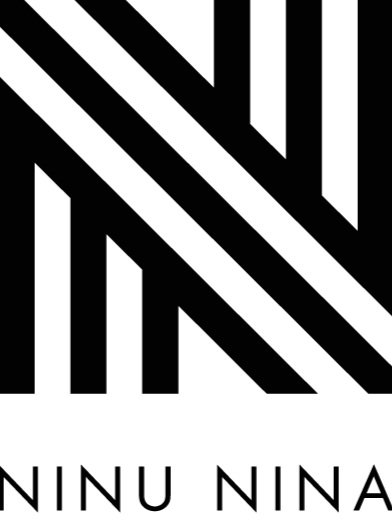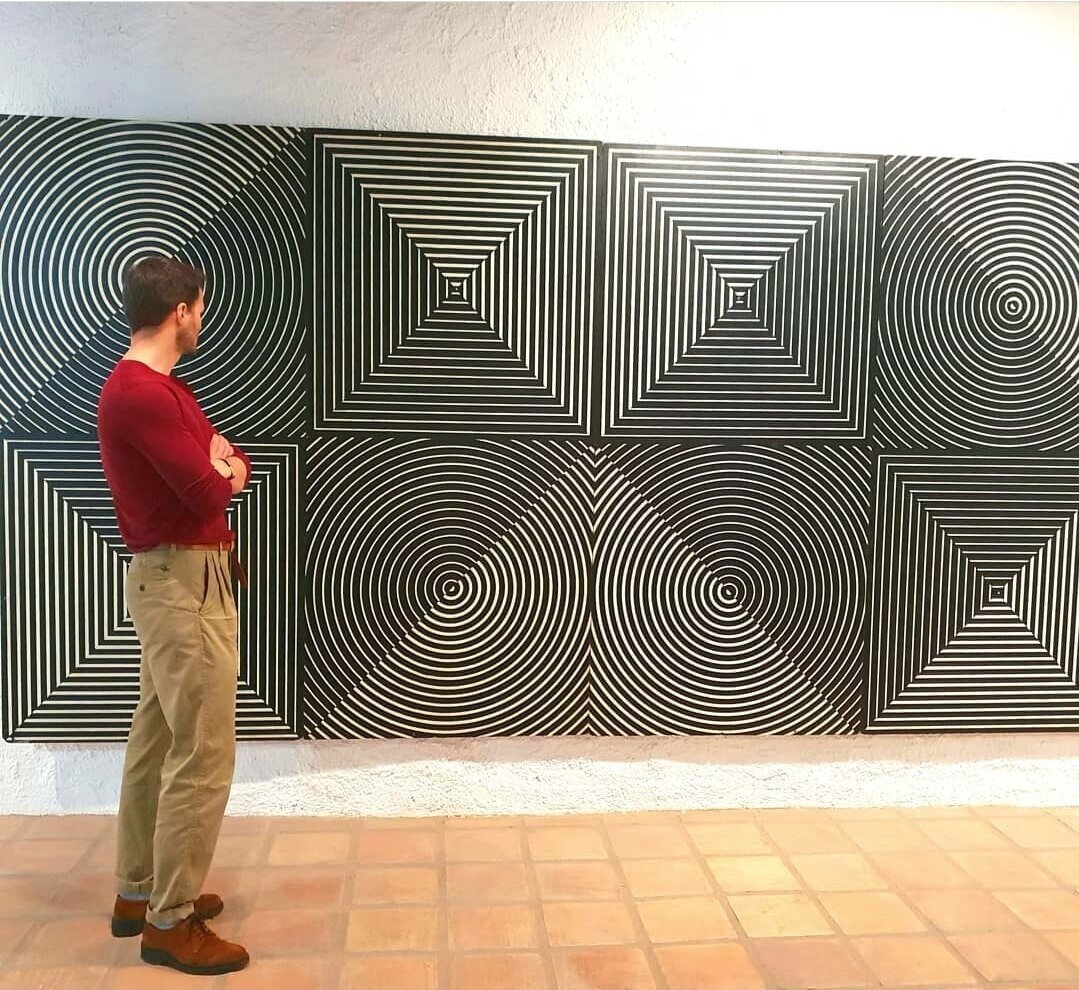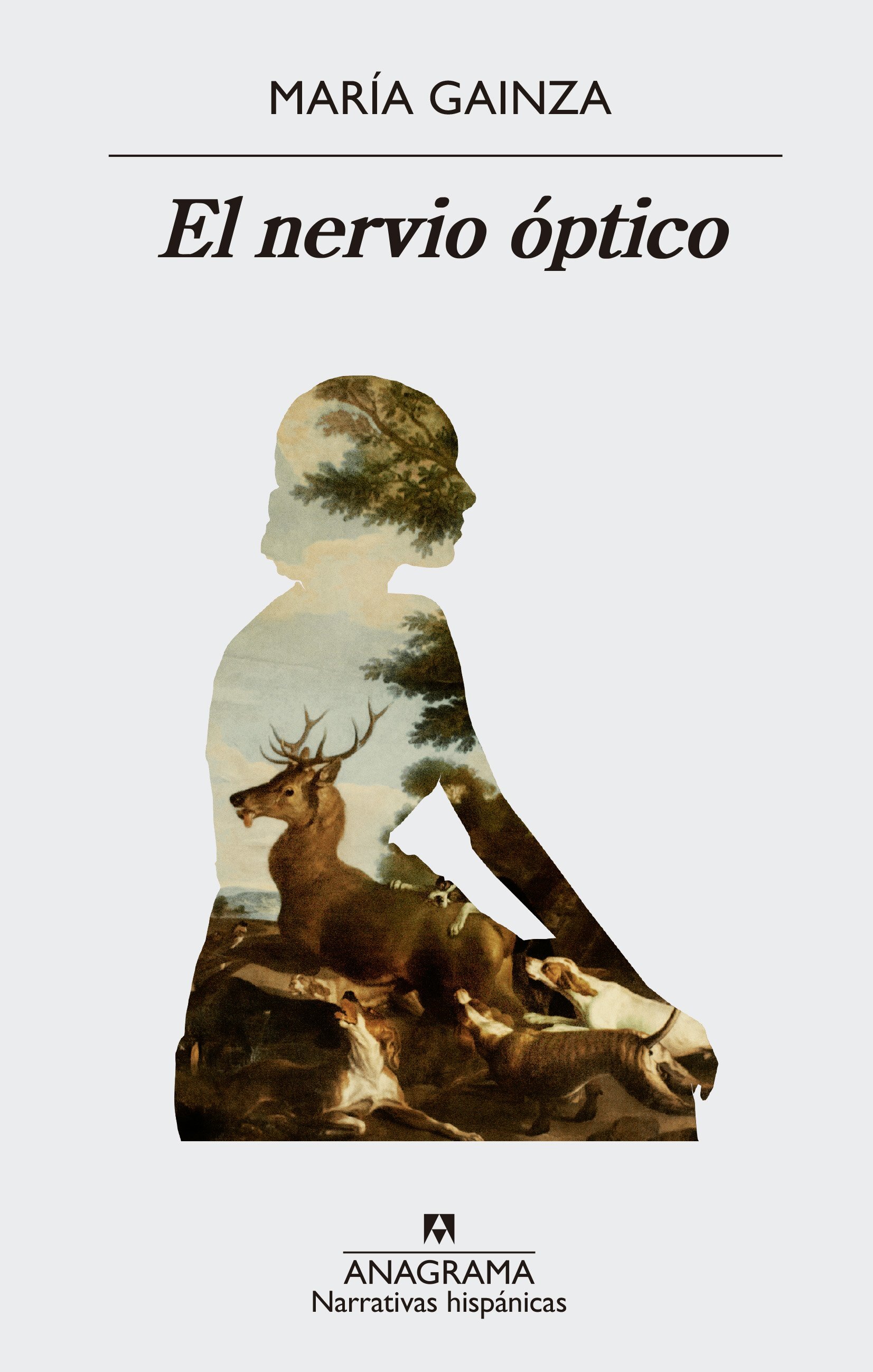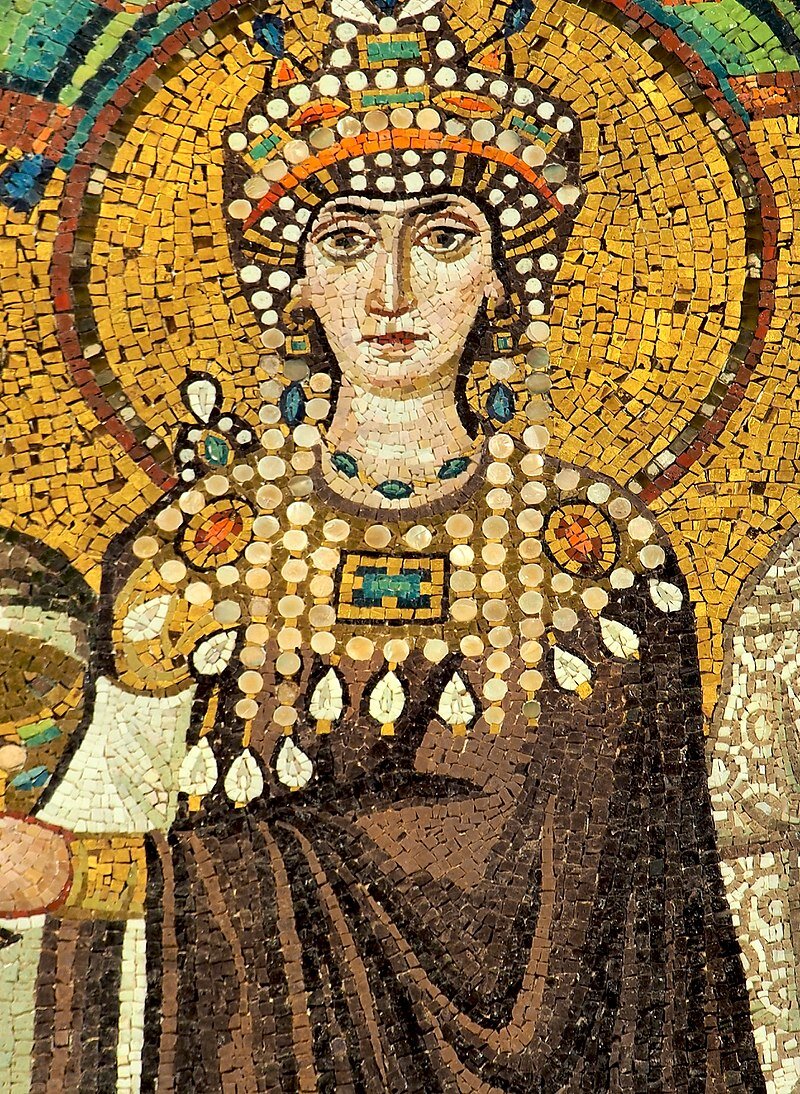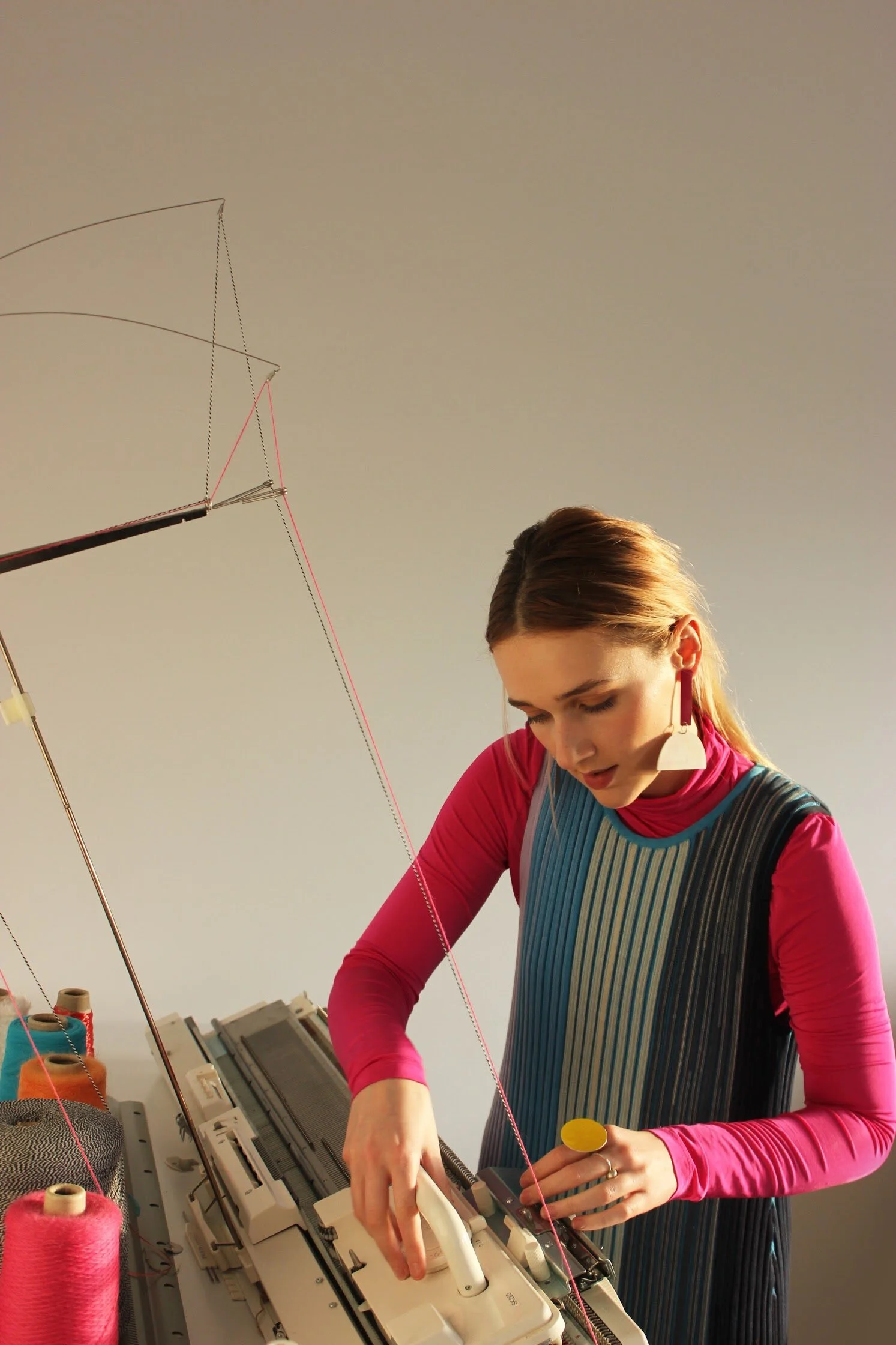IANKO LOPEZ
TALKING ABOUT ART AND CULTURE
Today we are very excited to present our interview with Ianko Lopez, a recognized figure on arts and culture in Madrid who writes for Vanity Fair Spain, ICON magazine and El Pais. Although he’s lived all over the world and is from Bilbao, he’s mostly based in Madrid. His background is in fact business administration but he decided later on to study art history and focus his passion for the art world.
your greatest inspirations or influences?
I find it difficult to define my influences. To begin with, although I write in the media, I do not usually define myself as a journalist, not only because I did not study journalism, but also because I never visit the newsrooms and I pay no attention to many of the standards by which journalists should be guided. Many times I consciously try to avoid the journalistic style, which is often stuffed with clichés and banalities. For example, when I write a conversation I try to make it look more like an informal chat than a canonical interview. That is why perhaps my influences come from outsiders of journalism, such as Truman Capote or David Foster Wallace, although in practice I have not been required to write in the corrosive tone of these authors. I am not an art critic either, although I would like to write about art the way Marcel Proust does in "In Search of Lost Time". And Proust was certainly not a critic either.
I also recently read a book called "The optic nerve", where the Argentine writer María Gaizna does something similar. When I first read this book I felt it was something that I would have liked to write myself, which made me feel both hostility and admiration towards its author (laughs). So the most reasonable thing is to consider it an influence too. In art, I am fortunate to find inspiration everywhere, from archaic Greek sculpture to the work of the Spanish artist Elena Asins to El Greco, Watteau, Klee or the Dada movement.
How has this year changed you or how you see the world changing moving forward?
Maybe it’s too early to say. What I do realize is that at the beginning of the pandemic, in the phase of the hard lockdown I was commissioned to write a series of pieces about paintings for Condé Nast Taveler, and I naturally used an emotional tone. Though I have always avoided sentimentality. Reviewing those articles afterwards I felt alarmed or even embarrassed, so I guess the change was temporary, not permanent (laughs). As for the general changes in the world, at the moment I can only point out things that are quite obvious, such as the rise of virtual media, the acceleration of the online market and the need to invent exchange contexts different from traditional face-to-face markets. However, I still think that the face-to-face factor is essential in art.
Who do you consider to be an icon of our time?
If the question is who most clearly represents and embodies the majority values of the present, my answer might be Amanda Gorman. Being optimistic, of course. But if the question is rather who has an iconic value for me, I am not sure. I have had the filmmaker Pedro Almodóvar as a reference for many reasons, and he has also managed to have a quite relevant iconic value himself. Other than him, most of my icons are not modern-day people. Is it OK if I mention Theodora of Byzantium or Madame de La Fayette?
* the response to that, is absolutely Ianko!!…..(smiling)
How do you see the cultural life of Madrid changing as we move forward?
This is a very interesting question. The changes are very clear, but what is more difficult to anticipate is whether those changes will be permanent or not. On the one hand, I find that the most culturally interesting things that have happened in Madrid come from small private initiatives, with modest, almost guerrilla means. On the other hand, there are some big public institutions that still work very well, such as the Reina Sofía Museum or the Teatro Real, for whose existence I thank every day, since they have contributed a lot to my well-being in these times when leisure and other ways of liberating energy are so diminished. I also believe that one of the greatest cultural assets in Madrid, which are not appreciated in relation to their merits, are art galleries, where you can have access to the art of our time.
Photo credits. Cover by Eduardo Sourrouille
Ianko in front of painting by artist Elena Asins
